Sitting in his bright living room in Helsinki, Hugh Sheehan tells me that he has been spending a lot of time in Finland since he got his master’s degree there in 2015. Leaving academia for a while after graduation, he then proceeded to deep-dive into queer literature, using texts and songwriting to explore his own inner world, and therefore his queerness: During a three-year-long process of writing, recording, re-writing and re-recording, Shapes That Are Different slowly came to life.
Always itching to make sounds, Hugh is constantly in motion between cultures, sounds, and feelings. With a very diverse career in the music industry, Hugh’s eclectic tendency and curiosity could only be a good omen for his debut. The record, indeed, takes the listener on an emotional journey through what it means to be a queer person: the battles and the pleasures, the love and the pain.
“Each song represents a thing that I’m figuring out or a conclusion that I’ve come to. Or maybe even not a conclusion, just something that I’m ruminating on and that felt important to document throughout the process”
Three Different Souls
Hugh’s parents are Irish and, despite growing up in Birmingham, he spent a lot of time in Ireland when he was younger. At first learning traditional Irish songs on the accordion, he then later started playing piano and the drums, following a more classical approach to music. “Those two strands were quite separate, it felt like a physical embodiment of my Irish heritage and my English heritage”, he explains. On top of that, Birmingham played a very important part in his relationship with electronic and house music: “I had these three separate parts of my life, which were intrinsic in both the music that I was listening to, but also the people that I was socialising with – the people I played in orchestras with weren’t the people I was playing traditional music with and weren’t the people I was going to raves with”.
Over time, these three tendrils of life melted together, giving Hugh the inspiration needed to release his debut album at 31.
“It felt right to wait until I figured out how to truthfully represent all those histories of music in my life. And I’m very grateful I’ve had such a diverse upbringing in music, because now each of the three musical worlds informs how I act or how I create and collaborate in the next”.
Desire And Shame: Growing Up Queer

Photo by Spyros Rennt
Shapes That Are Different explores the dichotomy of shame and desire, and specifically how these two intertwine. Normally considered something we cannot acknowledge, for Hugh shame is inherent to queerness and the experience of growing up in a situation where people are told that their desire is something they should hide and be ashamed of, making them unworthy or inhuman.
“Shame is that shame of being who you are, who you’re attracted to, or having characteristics that aren’t typical or expected of what your gender representation is – kind of intertwined into every bit of your life. I think it’s impossible to extricate shame and desire if you’ve grown up in a time where they become so intrinsically bound together. And I think that that’s a result of an education, or a curriculum, or a lack of a curriculum. It comes at all these levels, be it in the media, be it in education, be it just in social circles and expectations”
Growing up in a city like Birmingham in the 1990s, where the working class dominated the social landscape, Hugh recalls not having any kind of queer representation around. This heavily influenced his experience with his own desire and the shame that, due to the circumstances, inevitably came with it.
“I still feel that kind of jarring dissonance inside me that I was just culturally trained to feel, just because it was so driven into that that’s a wrong thing to feel. And I have friends that feel the same. And it’s almost an act of resistance trying to overcome that. And it becomes intertwined with your identity, really.”

Photo by Spyros Rennt
Transforming the writing process of the album into a meditative experience, Hugh Sheehan further discusses these themes in the track Lessons, hinting that all the lessons we receive as children shape us into the adults we will be, regardless of whether we decide to accept them or reject them. The pinnacle of the struggles inherent to queerness, however, is reached in Ascend: featuring Anne Sawyer, a 60-year-old trans woman that Hugh interviewed as a representative of the queer community in Birmingham, the song ends with an incredibly insightful reminder about the fine line between acceptance and tolerance – “I don’t want to be accepted, I want to be embraced”, explains Anne, then tackling the concept of bravery, “to me bravery is doing something scary that you don’t have to do. This I have to do. It’s still scary at times, but it’s just too important”.
Regardless of how inspiring people like Anne are, however, Hugh still recognises the struggles queer people have to face in today’s society, as the process of transforming acceptance into embracing proceeds extremely slowly – sometimes it seems to even be going backwards. Used as a beating stick against the liberal elite by populist right-wing politicians, the virulent anti-trans rhetoric is spread nowadays all over Europe, especially in the UK, both in press and legislation. “I know life for trans people in the UK at the moment is really fucking difficult and not easy in all walks of life” explains Hugh, “so I’m going to have a very different experience than, you know, a trans person of colour in rural England”.
Then reflecting on how queer marriage seems like a way of assimilating queer people into a heteronormative lifestyle, Hugh elaborates on the fact that many of the shades that are inherent to queer relationships (like non-monogamy and polyamory) are still seen as problematic or dirty.
“There’s an instant kind of rejection of a shape that is different. And that’s why I just want to fucking push against it and challenge it and reject it, essentially. I think there is still, unless it’s a queer life that looks like a straight life, the homonormativity of it all. I think we’ve got a long way to go. And again, when it comes to anything that’s challenging gender norms or relationship norms, I think we’ve got a long way to go for sure, especially when it comes to trans folks”.
Storytelling Through Sounds
Shapes That Are Different is not your typical album – the storytelling is rendered through experimental sound combinations: reversed tracks play with autotune, synth and saxophone melt with warm acoustic guitars and religious organ hints. The most captivating aspect of the record, however, is the synchronization between the songs’ sounds and their meaning. Reflecting the course of a relationship that was initially secret, the track He sounds private and quiet at first, eventually developing into loud and public clamor. “Each song drew me towards honesty. I tried to be as honest and as true to the track as possible”, he describes. Walking us through some of the creative decisions that shaped the album, Hugh defines the last song on the record, Cinema, as “the falling-in-love track”.
“That track is… it feels multicolored to me, and elated, and joyous, because it’s a song about falling in love. The last verse is literally shrouded by the rise of thought. I spitted it out next to my ex in bed. It was so insane. I remember writing that lyric because that feeling was something that I had dreamed of forever and ever, and that I had thought would never be possible. So that track had to be maximalist, and get all of the colors of what it means to fall in queer love when you thought it wouldn’t be a possibility.”
As for the song after which the record was named, Shapes That Are Different, Hugh’s main focus was the vocals and their quivering nature – everything around it slowly developed into being warm and yet quite austere, staying true to the song’s meaning.
“I have a really iterative ⟮writing⟯ process where I’m just trying different stuff and swapping it around. And then it takes a form quite naturally. After that, I just try and do what best serves the piece as it were. And it eventually becomes this coherent whole.”
The record was the first time Hugh wrote lyrics himself, which he recalls to be an odd process: “To put something out into the world with that’s using language in a creative way was scary for me,” he explains to me, “but it turned out to be super cathartic when it went hand in hand with the music – which is why I felt kind of comfortable making an album out of it”.
Hugh identifies the album as the result of the process of trying to understand and meditate on different subjects such as shame, desire, and sex, as well as what it means to be a queer person that grew up in the 90s in England. “Even if I didn’t put this album out into the world, I don’t regret making any of it”, he confesses, “It was just such a worthwhile process, which I guess makes it worthwhile putting out into the world. Somebody else is probably going to find it semi-remote, interesting or relatable”.
“The most important lesson this album taught me is just to be as honest with myself as possible, because if you can’t do that, then what’s the point? What is the point in living life if you can’t be as honest with yourself as possible?”
Shapes That Are Different is out on June 2nd via Hybrid Forms. Get your copy over at Bandcamp.



